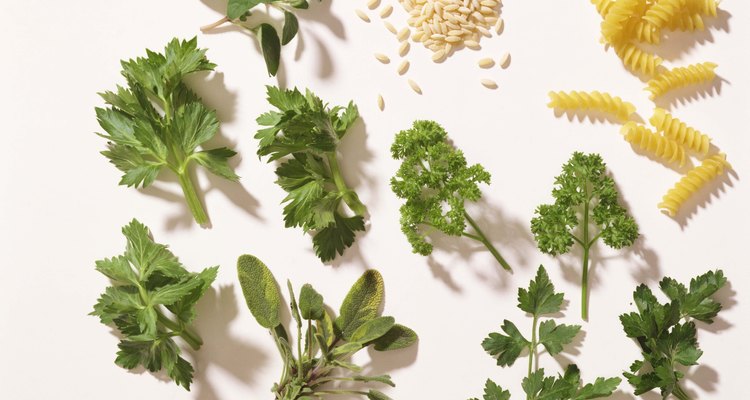
When preparing traditional Italian food, recipes often call for an ingredient named "Italian Seasoning," which is a commercially produced herb blend marketed by several spice and herb purveyors. It was developed to make flavoring Italian dishes easier and more economical than purchasing individual jars of dried herbs. You can use individual Italian spices in proportions that suit your tastes or create your own homemade Italian seasoning blend.
Commercial Ingredients
Prepackaged Italian seasoning usually includes dried marjoram, thyme, rosemary, savory, sage, oregano and basil, and some blends also include coriander seed or hot red pepper flakes. The mixture is traditionally made from the dried whole leaves of the herbs rather than finely ground like spices such as cinnamon and nutmeg. Proportions may vary slightly depending upon the manufacturer.
Homemade Italian Seasoning
You can make your own Italian seasoning blend by combining equal parts of the commercially used ingredients. To personalize your blend, add dehydrated garlic or onion granules, coarsely ground black pepper and sea salt. The mixture will retain its potency and flavor for up to three months if stored in a dark, cool place.
Individual Italian Herb Flavors
Italian herbs have distinctive, bold flavors. They can be used successfully on their own, or you can mix and match them to suit your palate. Prepare your blends with precision since just a pinch more of one spice can overpower a less pungent one and throw off the balance. Marjoram and savory have light, peppery flavors; thyme and oregano add bold, earthy tones; basil imparts a slightly sweet, licorice flavor; sage is aromatic and flowery; and rosemary has a strong, pine-like scent and taste that you should use sparingly.
Fresh vs. Dried Herbs
Whether you're using an Italian seasoning blend or individual dried herbs, you can always substitute them with fresh herbs. Since fresh herbs have much less forceful flavors than dried ones, you'll need approximately three times more than your recipe calls for. For instance, if a recipe calls for a teaspoon of dried basil, use 3 teaspoons or 1 tablespoon of fresh basil to get the same flavor results. Fresh herbs tend to turn an unappealing nearly black color when cooked, so they are typically added to dishes right before serving. Dried herbs are recommended for long-cooked stews, soups and sauces as they slowly release flavor during cooking and add more flavor to these types of dishes than fresh herbs.
Related Articles

Difference Between Peppermint Extract & ...
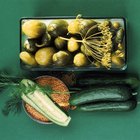
How to Substitute Dried for Fresh Dill ...
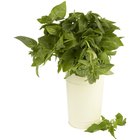
Can I Put Fresh Chopped Basil in Store ...
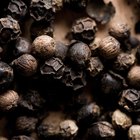
What Can You Use to Substitute ...

Bratwurst Spices

How to Make Pico de Gallo
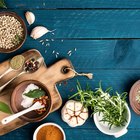
Seasoning to Use in Place of Beau Monde
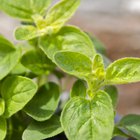
How to Eat Fresh Oregano Leaves

What Herbs & Spices Flavor Fish?

Can I Use Cumin Seeds Instead of Ground ...
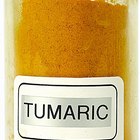
How Much Turmeric Powder Is in Curry?

What Are Basil Sprigs?
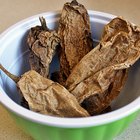
How to Make Chipotle Sauce

How to Match a Tie With a Black Dress

The Difference in Fresh or Dry Oregano

How to Make Guacamole Seasoning
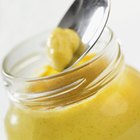
Substitute for English Mustard

A Substitute for a Packaged, Dry, ...

How to Use Sage to Color Hair

What Is Chili Paste?
References
Writer Bio
Cassie Damewood has been a writer and editor since 1985. She writes about food and cooking for various websites, including My Great Recipes, and serves as the copy editor for "Food Loves Beer" magazine. Damewood completed a Bachelor of Arts in English with an emphasis in creative writing at Miami University.
Photo Credits
Jupiterimages/Comstock/Getty Images